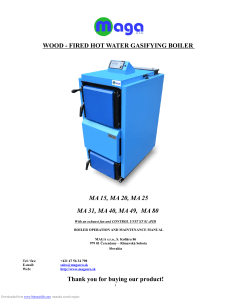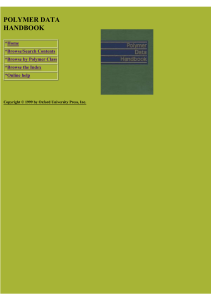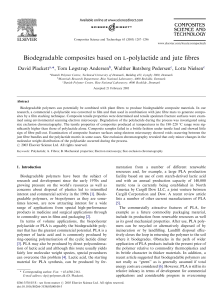8.Гиг оценка строитель материал и конструкции
advertisement
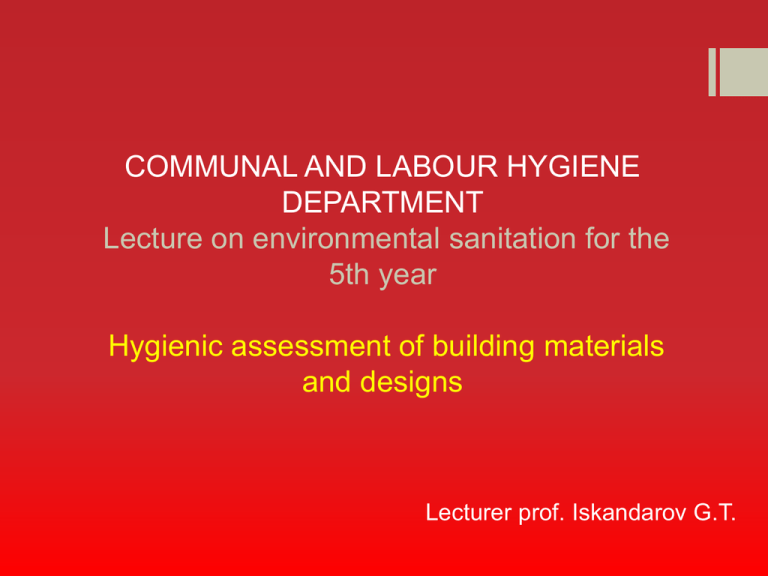
COMMUNAL AND LABOUR HYGIENE DEPARTMENT Lecture on environmental sanitation for the 5th year Hygienic assessment of building materials and designs Lecturer prof. Iskandarov G.T. In order to characterize the physical properties of the materials used 2 indicators: 1. Relative density; 2. The bulk density. Relative density (y) – is the mass of material per unit volume in the dense state (without pores). Bulk weight (yo) is the mass per unit volume of the material in its natural state. A comparison of both weight gives an indication of the porosity of the material To characterize the different materials used thermal conductivity (Y), expressing a large amount of heat calories passing through the wall of the material thickness of 1 m, an area of 1 m2 for 1 hour with a temperature difference on the surfaces of the walls 1 degrees C. Specific heat This property of the material to absorb heat when the temperature rises. The indicator is the specific heat (c) the measured quantity of heat in Kcal required to heat the material to 1kg 1 grad.S. Heat absorption expressed coefficient (S) of heat in Kcal required to raise the temperature of the material surface 1m2 for 1 hour at 1grad.S flue 24 h period. Water vapor permeability measured coefficient (M) - expressing moisture content in grams per hour passing through a flat wall of 1m2 of a material thickness of 1 m, the difference in water vapor pressure on the one and the other wall equal 1mm.rt.st. Types of building materials. 1. Wood; 2. Clay; 3. Natural stones; 4. Brick; 5. The artificial composite materials. General characteristics of the synthetic polymeric materials. Plastics have a number of positive characteristics that determine their widespread use in construction. valuable properties of plastics is their low volume weight, high strength properties, low thermal conductivity, chemical resistance. Fiberfill. These include: • Asbestos fibers; • Cotton; • Wood fiber; • Glass fiber. Used mainly to improve the mechanical properties of plastics. Plastics with fiber fillers often called red tape Sheet-like fillers for plastics are: • Paper; • Cotton and glass fabric; • asbestos board; • Wood sheet. • Plastics complex fill-lyami possess extremely high strength characteristics. They are called laminates. Of the synthetic polymer used in the practice of housing the greatest use in the construction of the following groups found Lubricants (oleic acid and sterol al.) Are introduced into the plastic to prevent their sticking to the molds. From the hygienic point of view, dyes and lubricants do not present danger. Catalysts and curing agents are added to certain plastics to reduce the time of formation of the polymer and converting it into an insoluble state. Polymeric materials have their composition: 1.Svyazuyuschie substance. Sanitary doctors need to know about him.stroenii material as it allocates toxic substances. 2.Napolniteli. Harmless factor: the chalk dust. Plasticizer - debutilftolat emits odor embryotropic, ganadotropnye effect on rats. Other dyes, diluents, catalysts, materials having active properties - toxic. • 1. Poliofeliny (polyethylene, polypropylene, copolymers). • 2. polyvinylchloride and copolymers of vinyl chloride. • 3. Amino (aminoplasts). • 4. Polystyrene. • 5. Polyester resin (saturated and unsaturated). • 6. Fenaldegid resin (phenolics). • 7. Polymers based on vinyl acetate. • 8. Polyformaldehyde. • 9. The epoxy resin. 10. Cellulose Ethers. • 11 .Poliamidy. • 12.Poliakrilaty Polyethylene. widely used in the production of water supply, sewerage, gas pipes, tubes of small diameter for concealed wiring. Polyethylene films of different thicknesses are used for hydro -, steam and gazoizolyatsii various building designs. Polypropylene chemical resistance is similar to polyethylene, but differs in a large mechanical strength. From it are made pipe lining material and decorative anticorrosive purpose insulating film. Polyvinyl chloride is one of the most common currently synthetic polymers. The construction materials used for the manufacture of PVC linoleum, linkrusta, pavinola, hydro and gazoizolation h films, ventilation ducts, Paroplast for thermal insulation Polystyrene. It is also one of the most common synthetic plastics. It has nearly absolute water resistance, high chemical inertness and transparency, is obtained by polymerization of styrene. Polyvinyl acetate - a polymer of a vinyl ester., Is a transparent colorless polymer unstable to alcohols, esters, acids and alkalis. It is used the manufacture of varnishes, adhesives and mastics. When heated above 150 "decomposes with the release of acetic acid. The materials used for construction. Finishing materials (roll, sheet, tile). 1. Round tiled made of polyvinyl chloride paste is finely milled flour and a plasticizer. Danger small fluctuates sharply indoor climate, particularly moisture room. 2. Sheet - it is based on phenol and formaldehyde - a wood -smolisty plasticizer, the inner layer is covered with a wood finish, the structure includes an aldehyde. For sheet materials - fiberglass part, which includes phenol..
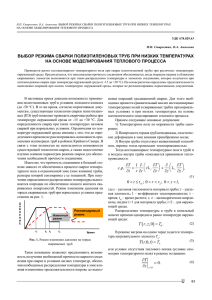
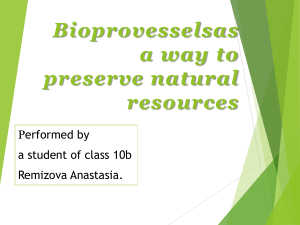
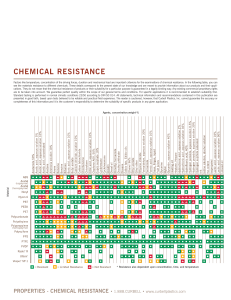
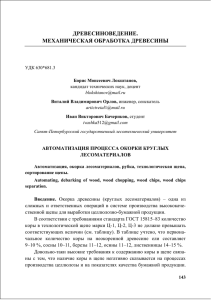
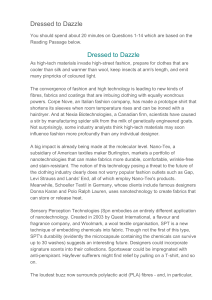

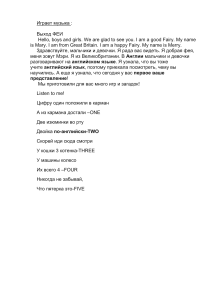
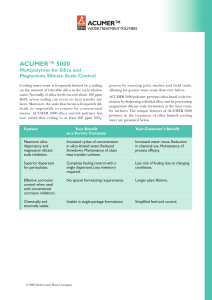
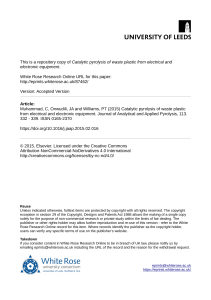
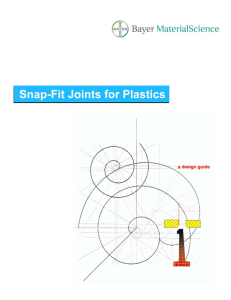
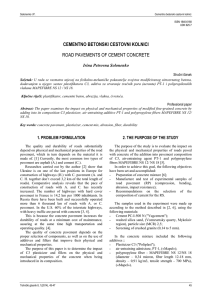
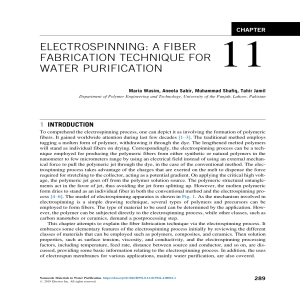
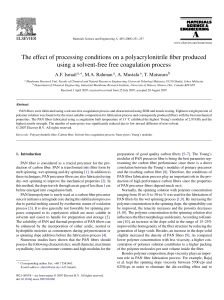
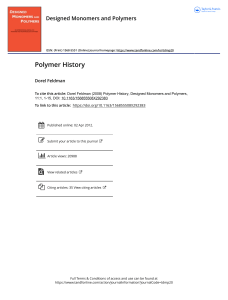
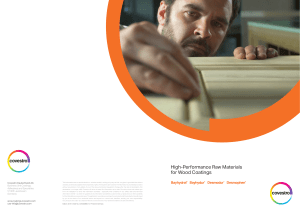
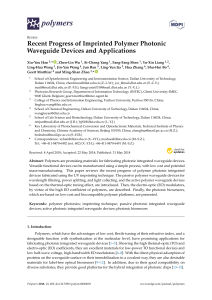

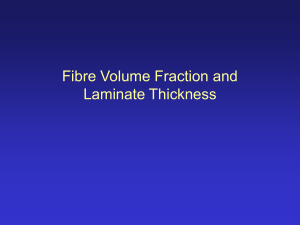
![[Michael C. Pirrung] Handbook of Synthetic Organic(z-lib.org)](http://s1.studylib.ru/store/data/006236139_1-286bb5a91bdd8857ebb85cf974fb798c-300x300.png)
